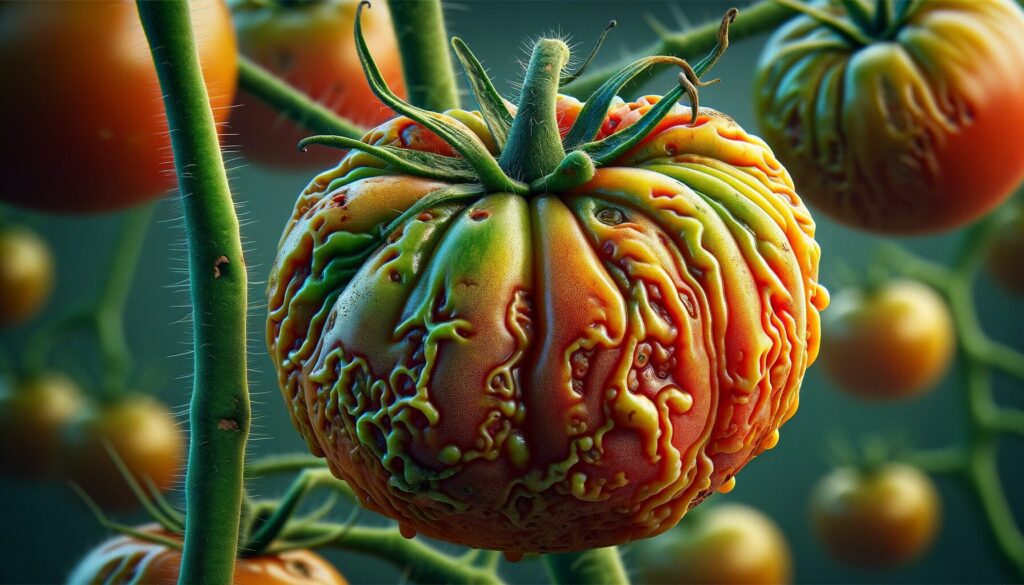In the vast world of agriculture, we face numerous challenges that can affect the health and productivity of our crops. One of these challenges is pest management, and among them, thrips (Thrips spp.) occupy a prominent place. These small insects, although often unnoticed, can cause significant damage. In this article, we will explore in detail who these little enemies are, how they affect our crops, and what strategies we can employ to effectively combat them.

Crops Attacked: Thrips are known for their ability to attack a wide variety of plants. Among the most commonly affected crops are chili peppers, tomatoes, onions, cucumbers, beans, and cotton. They are also a threat to many ornamental plants and flowers. This diversity in their diet makes them a widespread concern for farmers in various regions.
Types of Thrips: There are numerous species of thrips, but some of the most relevant in agriculture include Thrips tabaci, known for attacking onions and garlic; Frankliniella occidentalis, common in fruits and vegetables; and Scirtothrips dorsalis, which primarily affects citrus fruits. Despite their specific differences, they all share certain characteristics and damage patterns.

Damages Caused: Thrips primarily cause damage by feeding on plant cells. Their piercing and sucking action leave distinctive marks, such as silver or discolored spots and deformations on leaves and fruits. Additionally, they are vectors of numerous viral diseases, which can amplify their negative impact on crops.

Control and Management: Effective thrips management requires an integrated approach:
- Regular Monitoring: Early detection is key. Using blue sticky traps can help monitor the presence of thrips in crops.
- Cultural Practices: Keeping the field free of weeds and crop residues can reduce thrips habitats.
- Biological Control: Using natural enemies such as predatory mites and certain types of insects can be an effective strategy.
- Chemical Control: If necessary, insecticide use should be careful and rotational to avoid resistance. Opt for products that are specific for thrips and have the least possible impact on natural enemies and pollinators.
- Plant Resistance: Planting varieties that are less susceptible to thrips damage can be a valuable preventive measure.

Conclusion: Thrips are a challenging pest but with proper management, their impact can be minimized. An integrated approach that combines cultural, biological, and chemical practices, adapted to the specific conditions of each crop and region, is essential to control this pest and ensure the health and productivity of our valuable crops. Let’s remember that knowledge and prevention are our best tools in this ongoing battle.

 AgronoBlog – Agriculture Blog
AgronoBlog – Agriculture Blog 